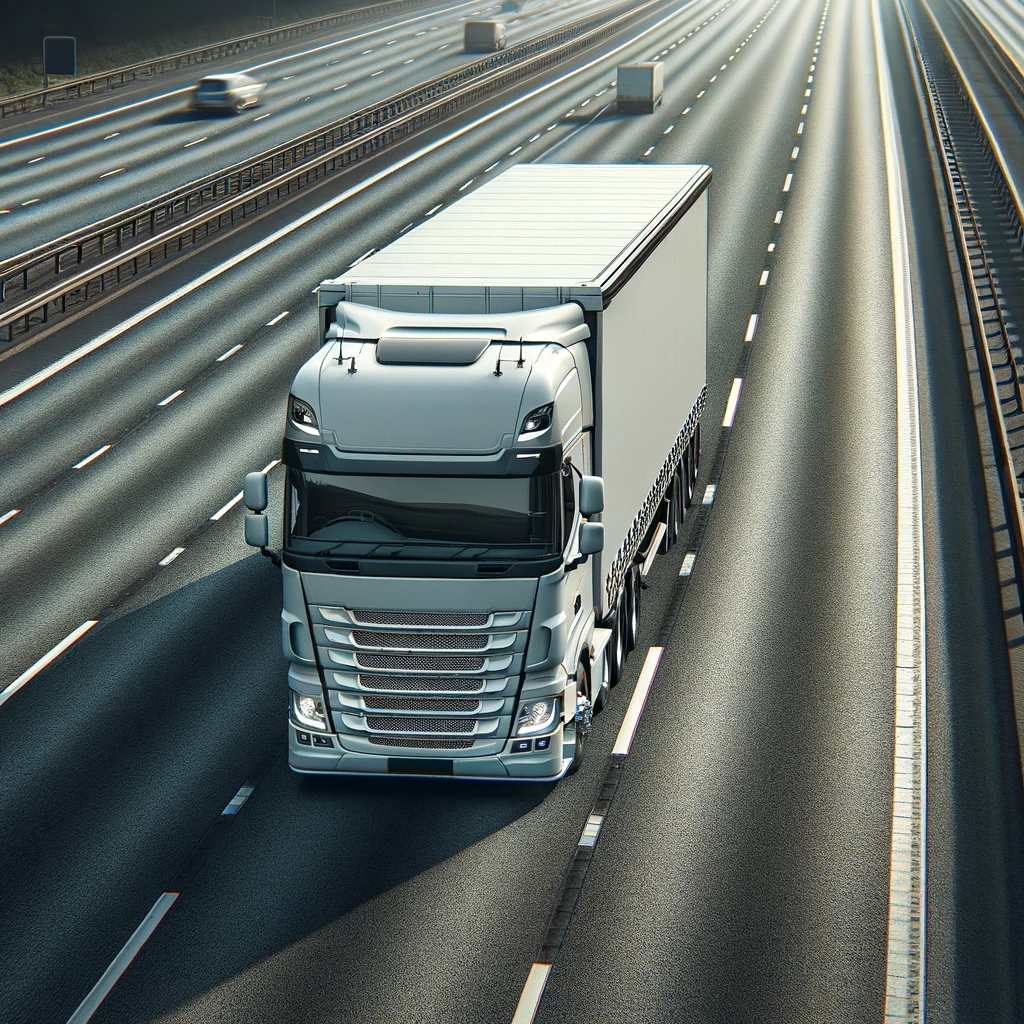The DVSA's 2025 Guide to Maintaining Roadworthiness introduces significant changes aimed at enhancing vehicle safety and compliance. Understanding these updates is crucial for HGV operators to ensure their fleets remain roadworthy and compliant.
Key Updates
1. Maintaining Compliance (Section 1.1): The guide emphasises that vehicles must be "fit and serviceable," potentially exceeding MOT standards. Advanced Driver Assistance Systems (ADAS) are now explicitly included under braking systems, and operators may use alternative maintenance systems if they can demonstrate equivalent or superior compliance.
2. Daily Walkaround Checks (Section 3): Vehicles operating in arduous conditions may require additional checks during the day. New guidance allows flexibility in checks during driver swaps, provided a robust defect reporting system is in place. Responsibilities for third-party trailers have been clarified, including access to inspection records and MOT certificates.
3. Maintenance Provision Rating Scheme (Section 5): The scheme aims to improve maintenance practices across the industry, with stronger encouragement for workshops to achieve recognised quality standards.
4. Braking Performance Assessment (Section 5.3): Every safety inspection must include a brake performance assessment using a laden roller brake test (RBT), Electronic Brake Performance Monitoring System (EBPMS), or a decelerometer with temperature readings. Risk assessments are required when laden brake tests are not feasible and must be completed by a competent person and retained for 15 months.
5. EBPMS Parking Brake Assessment (Section 5.4): Introduces a five-step process for verifying parking brake performance using EBPMS.
Implications for Operators
• Compliance Monitoring: Operators must update their Vehicle Operator Licensing (VOL) records to reflect any changes in inspection frequency or maintenance arrangements.
• Training and Documentation: Enhanced emphasis on driver and technician training, especially regarding ADAS, EBPMS, and brake testing.
• Digital Systems: Encouragement to adopt electronic maintenance systems that meet DVSA's audit and data integrity standards.
Conclusion
Staying informed about these updates is essential for maintaining compliance and ensuring the safety of your fleet. Regularly reviewing and updating maintenance systems, training protocols, and documentation will help align with the new guidance.










